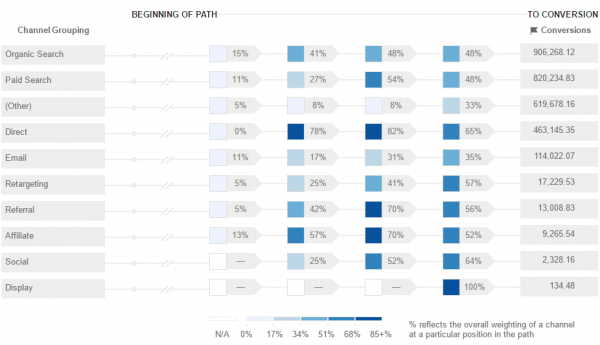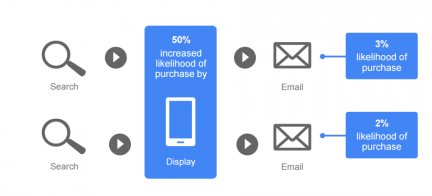In the previous post, we discussed the common ways tp help solve your attribution problem and find success with your marketing spend. Mostly, marketers use some simple methods such as 1) last interaction that gives all the credit to the last touchpoint 2) first interaction that gives all the credit to the first touchpoint 3) linear model that distributes the credit to all the channels evenly 4) or some other deterministic or rule-based mechanism which is based on an idea or even a guess! distributes the credits.
How do you attribute credit in real life?
Imagine that you are going to vote for an election. You have no idea about the candidates. You ask your friends their opinions about the candidates.
Would the last recommendation shape your decision? Would the first recommendation impact your decision? Do you think that all the recommendations are equally valuable?
Do you consider those recommendations near the election day more important than the recommendations prior to that? Do you arbitrarily give 40% credit to each of the first and last recommendations and give the rest of the credit to the middle recommendations?
Download the free eBook: The Advanced Guide To Marketing Attribution
Aren’t all of them silly?
Ok, I am glad that you asked. Yes they are all silly! How do you solve this atribution problem in real life? Yes, you gather data over time. Based on your previous interactions, you know which of your friends share your values or are more knowledgeable on politics. The data that you gather informs your intuitive decision about distributing credit among your friends.
Data-driven decision-making in Google Analytics 360
Attribution modelling in digital marketing is a very complicated topic. Why let one of the guessing rules decide for you, when a huge amount of data is available? Google has tons of your data right now and can make decisions based on it.
An important feature in Google Analytics 360 is data-driven decision-making that uses your data to fix your attribution problem modelling instead of guessing rules.
Download the free eBook: The Advanced Guide To Marketing Attribution
This feature uses a powerful algorithm, called the Shapley value, that not only identifies the fair value for each touchpoint, it predicts the credit for the position of the channel for each touchpoint.
Let’s look at the beauty of this model in the following example:
The figure above shows that whenever there is a display touchpoint between a search and an email touchpoint the likelihood of purchase increases by 3%. Does this not provide you with actionable insight? Does this not give you transparency into a potential strategy?
Summary
Simple models like the last interaction cannot cover all the complexity in digital marketing and solve your attribution problem. Data-driven models are more accurate in understanding the contribution of each marketing channel to conversion.
Data-driven attribution modelling which is exclusively available in Google Analytics 360 Suite uses a powerful algorithm based on game theory to reflect the reality of the contribution that different channels are making.
It is far more reliable than an idea or guess that might or might not work for a particular business. Furthermore, it suggests some rules for campaign optimization which are extremely valuable. These rules are validated by using lift analysis to provide the most accurate insights possible.


